Drone Data Plans – Developing the Means to Conquer the Distance
Just as we have seen the design of drones get smaller over the past year, now the drone data plans, there has also been massive advancements in how intelligent they have become.
The on-board navigation systems are allowing the process to become more and more streamlined, and the ability to avoid objects is going to open up many possibilities for very long-distance flights.
Battery life is going to have to undergo heavy research and development to sustain long flights for delivery, or even to gather images on a miles-long journey. At the current time, the well-known and trusted Dji Phantom 4 is set at about a 22-minute battery length.
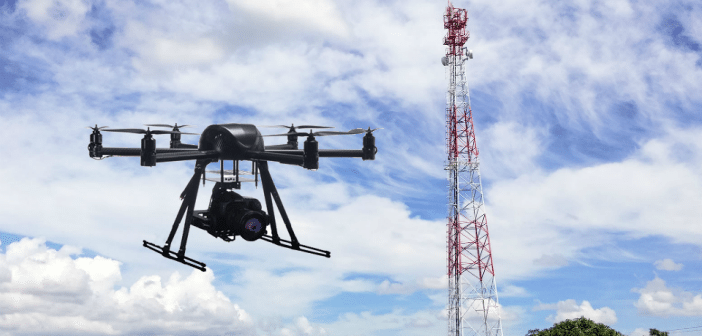
Verizon towers for drones
Popularity of UAVs and what it means for the future
While shooting a feature film that is edited, it is not a problem to stop recording, while you have multiple spare batteries to go right back up and continue flying.
But sooner or later, push will come to shove in the arena of delivery and long-distance drone, and battery life WILL be improved. Some modules may allow you to switch to spares while piloting, and solar power could be explored.
Once the flight time dilemma is worked out, drones will be staying in the skies for longer, and pilots will start paying attention to the need for data.
Do You Need a Drone Data Plan?
One of the most popular apps for everyday pilots is the Dji Pilot app. As far as data is concerned with this one, the app itself can work without being in WI-Fi mode. However, the ability to stream images to YouTube would need to use up a considerable amount of data.
Some data plans for embedded cellular start at around $50, and while some say this would be appropriate for delivery service, it may be too early to tell.
At least a plan such as this would allow the pilot to send text messages about status: issues like temperature of transported object, failed delivery, and battery life provide very necessary updates for the pilot.
For the most part, very large amounts of data would benefit mostly those users who need to stream video, but if laws are passed that allow drones to fly higher, data plans will be needed to make sure that pilots can control the drones from further away.
Just as in the arena of broadband internet for home usage, there will no doubt be companies fighting to offer an “unlimited” option, which for awhile may simply not exist.
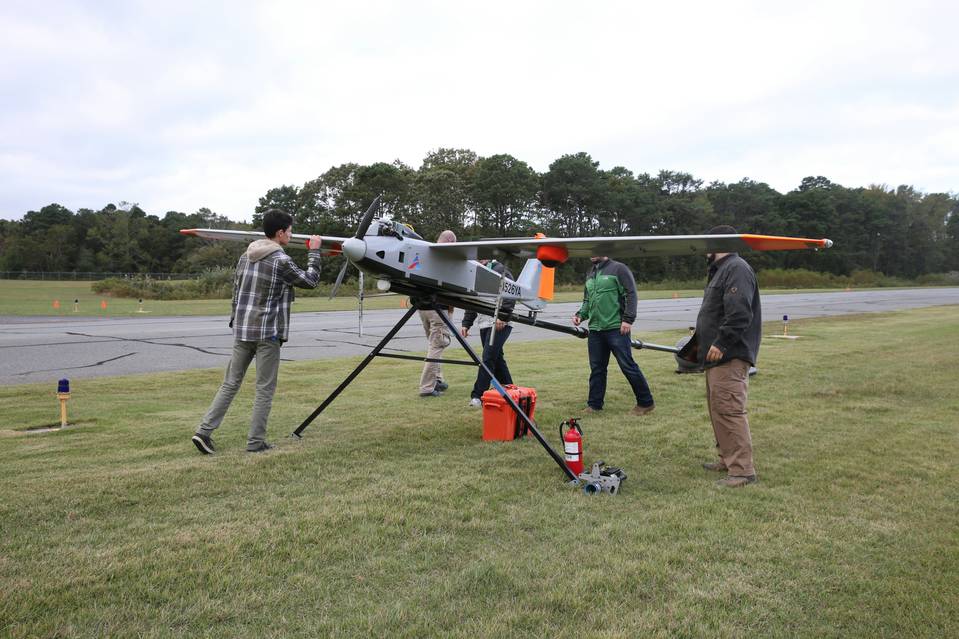
Photo: Doug Davies /Verizon Communications
Verizon has suggested a price of around $25 for one GB of data, and it’s plausible that someone who is doing surveying work could burn through that rather quickly.
Monitoring natural disasters could become much easier with data plans, allowing viewers to check out what is going on with the video feed continuously.
What Can a Drone Data Plan Do For You?
Some operators of models such as the Dji Phantom 3 noticed that you can cache your maps while on WiFi, and you may not always need cellular access while “in the field”.
When drones began heavily populating the skies around two years ago, many local phone companies were telling pilots that they had to have a data plan, and the truth was, if you had a tablet with a GPS card in it, you did not.
The truth about this issue is that if the pilot “caches” their maps at home on a WiFi connection, they will be fine when they get in the field, but this is the first major area where anyone trying to run a delivery service will have difficulty. It will be best to have a data plan, to enable continuous flight.
If you do not have an active data connection while on a potentially long haul, the GPS will know where you are, but you may not have a map to pinpoint your device on.
For prolonged periods of activities such as remote inspection and exploration of remote areas, Verizon made sure that they began testing last month to see how well drones fly incorporating 4G LTE Networks.
The tests closely analyzed signal, strength, and mobility issues across network cells, and how well they can function during flights. Having the coverage being upped to 5G as early as next year will speed up the transfer of valuable data as well.
It is not just Amazon that is planning on having delivery services using drones: CyPhy Works, Firtey, and Google are also excited to be considering drone delivery.
Having a drone data plans is going to be one of the most important elements of making sure that drones can be controlled from a remote location, and if you are manning the helm of a delivery service, will be necessary.
At this point, FAA regulations prohibit drones from climbing beyond 400 feet in the air, and these will need to be altered higher to ensure efficient delivery.
How much will these data services cost, and who will provide them?
Verizon has thus far been the one at the absolute head of the curve as far as announcing they will be rolling out data service for drones, but more may soon follow. They have announced plans that will start at 25$ a month for 1GB and 10GB for 80$ a month.
T-Mobile, Sprint, and U.S. Cellular are likely to concoct plans of their own after Verizon demonstrates a bit of prowess, but we anticipate the offering by Verizon to be the most solid, and most accessible.
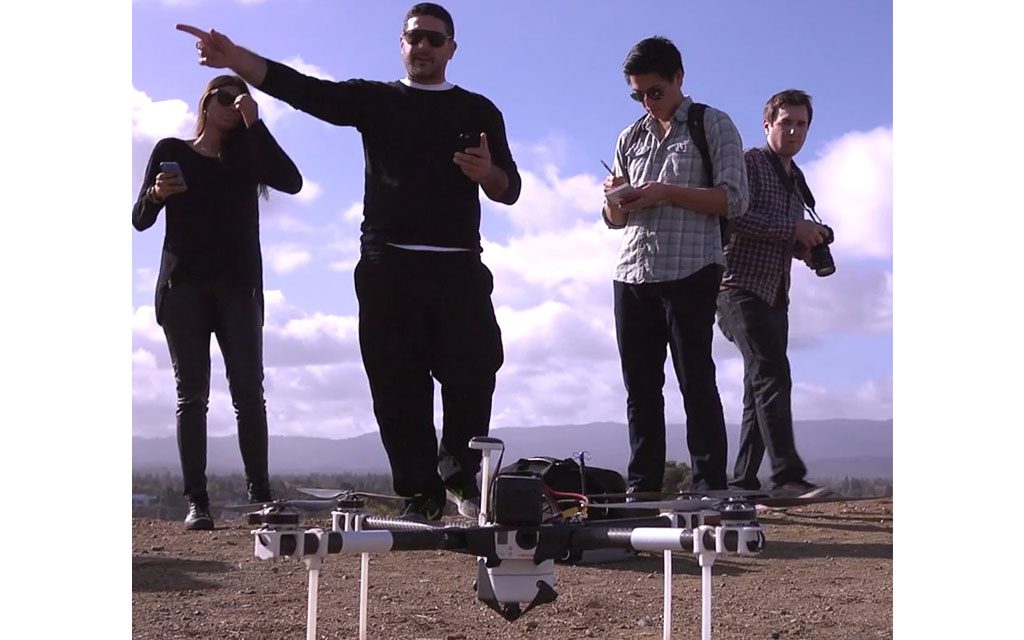
photo: www.verizonwireless.com
This will be the gateway pricing for users to stream pictures, videos, and data back to the ground, which becomes a bit more of a necessity when commercial applications are being done, and money is on the line.
At a hobbyist’s level, it can seem practical to not have such an elaborate stream, or just snap a few photos, but the need for data plans will be there for many who are building a business around the technology we all have become so fascinated with.
Since the release of smaller drones such as the Dji Mavic, it will no doubt be more and more common over the coming years to make things smaller and sleeker, and there are many who will no doubt wonder why data plans are being thought of when mainstream units still have low battery life.
Since these plans are already being mulled over, it should be assumed that there will be ample power for various kinds of drones to make it worthwhile.
What could drone data plans do in the future?
One of the main functions that data plans make easier within the realm of drones and piloting is the ability to stream pictures to the ground. Many of the uses that could really make a difference are when you look at the elements that weather can bring upon drone flights.
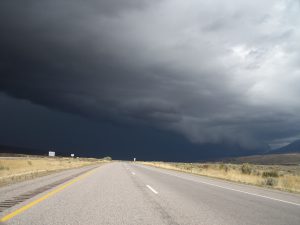
Without a data plan to make the streaming easier, an operator standing outside could simply be too affected by weather conditions and other elements to make sensible piloting maneuvers, and stay on task.
It is no secret that the environment is changing daily, and this year was one of the hottest ever on record.
As areas near fault lines and seas begin to experience the brunt of problems that have been around for decades, having a tethered connection to a viewing device would be the best way to survey areas where destruction and other shifts have occurred.
Since communication by two-way radio and cellphones has already become ideal, having a dispatch station is going to be the most sensible component of running a delivery or surveying business.
Just as a master control room in a television station operates, a dispatcher having multiple screens and the ability to control numerous drones will benefit any operation.
Quickly being able to detect important elements such as battery life, variations in location, and where the drone data plans are headed next can really only be done from a well-equipped control room.
Since our globe has become so much more connected over the last few decades, there are many instances where real estate and land parcel purchase decisions are made from different nations.
Even if you are in a location in just a different state, still images may not cut it when a very important purchase is on the line.
Applications such as Matterport enable the buyer to see in a bit of a more virtual manner, but streaming from a flying drone could allow for more control by both parties.
There are many possibilities for drones when you can control one from a computer anywhere in the world. In the defense field, this has already been accomplished, but data plans will bring the endless possibilities to the consumer level.
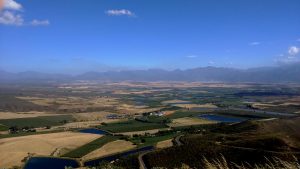
A few decades ago, if you went on vacation and owned a property such as a farm, you had no means to monitor the property from a different location.
With drone data plans such as the one proposed by Verizon, you could closely inspect what is happening with livestock, make sure that your barriers and fences are all intact, and even spray crops.
Drones are drastically cheaper than the crop dusters of yesteryear, and also very useful to monitor health of animals, and the general population.
Other Companies with solutions
Companies such as Sky Futures offer oil and gas inspections by drone. The fact that they offer them off and onshore could bolster their need for suped-up drone data plans, as they provide HD video, still, and thermal types of imaging.
Entrepreneurs who want to attempt to replicate this type of service on a smaller scale will definitely have to have a data plan, as images will need to be constantly updated and viewed.
Other pioneering businesses in the industry such as Measure offer cost-effective and aerial imaging solutions for customers across the globe. They provide a safe means of avoiding the large risk and expense of running drone operations.
If you are contemplating offering services such as this, you won’t get far without having the ability to transmit your important images and data.
As we look towards the future and realize that the drone industry is poised to grow by leaps and bounds every year, it seems that a company such as Verizon would be the most able and equipped to handle data plans.
Admittedly, the general opinion in the industry is that $25 per Gigabyte is not cheap, but about on par with what other plans offer. This will be a topic to keep a close eye on, as other contenders may step into the ring soon, and shake things up with their own data offerings.




